- Empty cart.
- Continue Shopping
-
Feature: The niqab is designed to cover the face, providing a level of modesty in accordance with Islamic principles.
-
Importance: For many Muslim women, wearing the niqab is seen as a way to fulfill religious obligations related to modesty.
2. Cultural Identity and Tradition:
-
Feature: The Arabic Saudi Niqab often reflects the cultural and traditional values of the Saudi Arabian region.
-
Importance: It serves as a cultural identifier and contributes to the preservation of cultural heritage.
3. Protection from the Elements:
-
Feature: The niqab, made from lightweight and breathable fabrics, can offer protection from harsh weather conditions, including sun, wind, and dust.
-
Importance: In regions with extreme weather, the niqab provides practical benefits by helping to shield the face from environmental elements.
4. Sense of Privacy and Security:
-
Feature: The face covering aspect of the niqab can provide a sense of privacy and security for some wearers.
-
Importance: Women who choose to wear the niqab may appreciate the added privacy it offers in public spaces.
5. Personal Empowerment:
-
Feature: Choosing to wear the niqab can be an empowering decision for some women who feel a sense of agency and control over their appearance.
-
Importance: It allows individuals to express their religious and cultural identity on their own terms.
6. Expression of Faith:
-
Feature: Wearing the niqab is often considered an outward expression of faith and devotion.
-
Importance: It allows individuals to publicly display their commitment to Islamic principles and values.
7. Social and Community Integration:
-
Feature: In certain communities, wearing the niqab may be a common practice, fostering a sense of belonging and community integration.
-
Importance: It can strengthen social bonds among those who share similar cultural and religious practices.
It’s crucial to recognize that the perception and significance of the niqab can vary among individuals, and the decision to wear it is a personal one shaped by cultural, religious, and individual factors. Respecting diverse perspectives and understanding the nuances of cultural practices is essential in discussions about attire and religious expression.


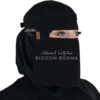

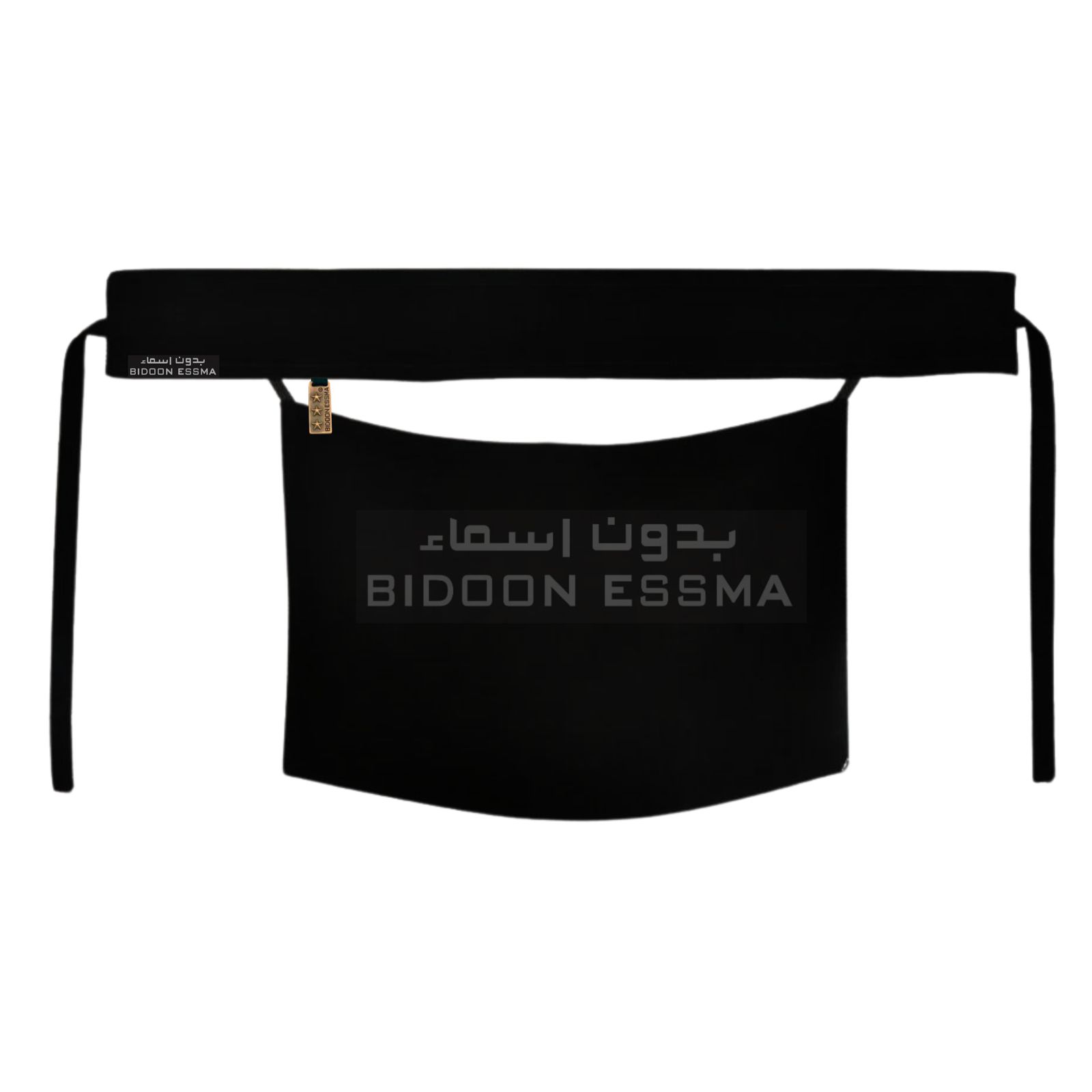
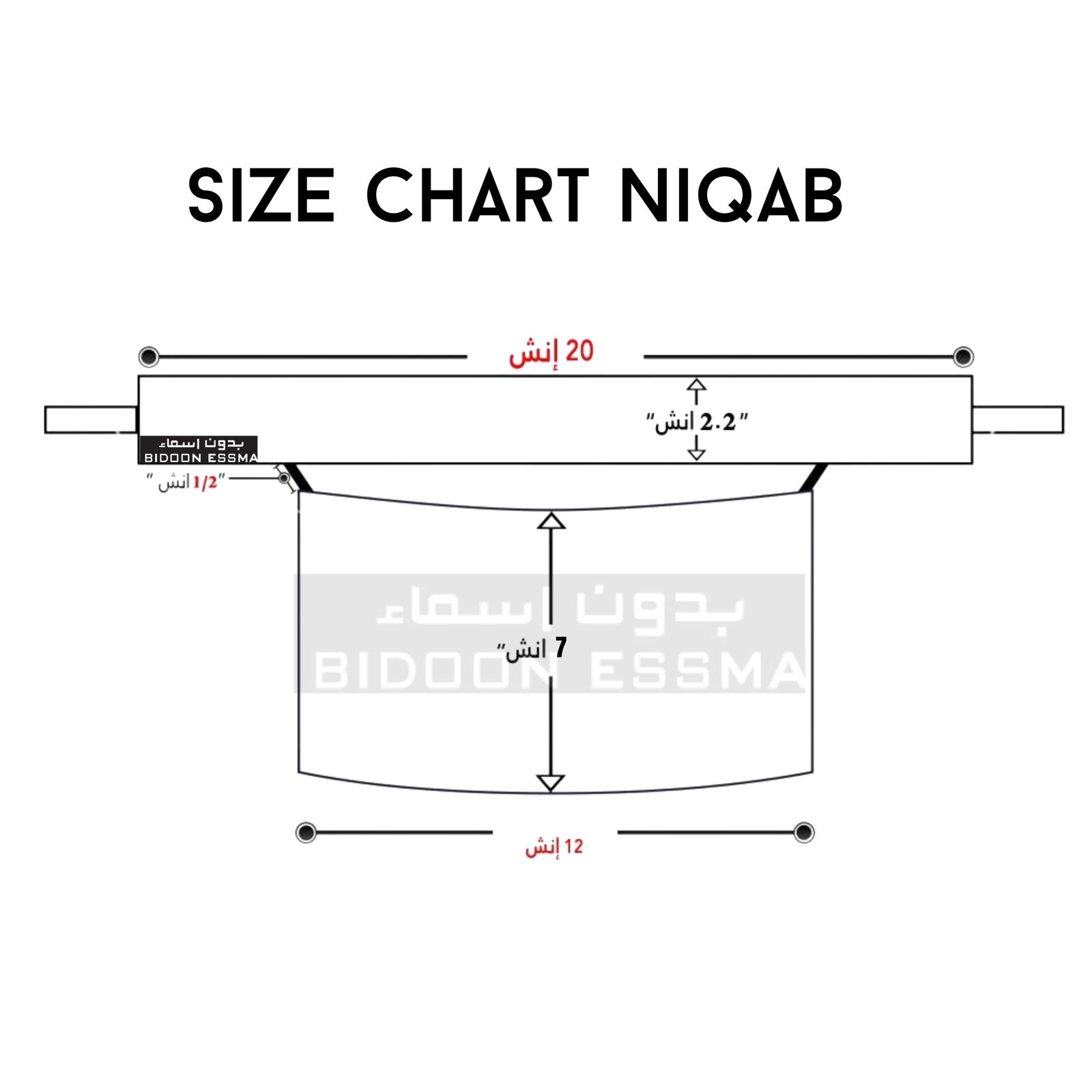
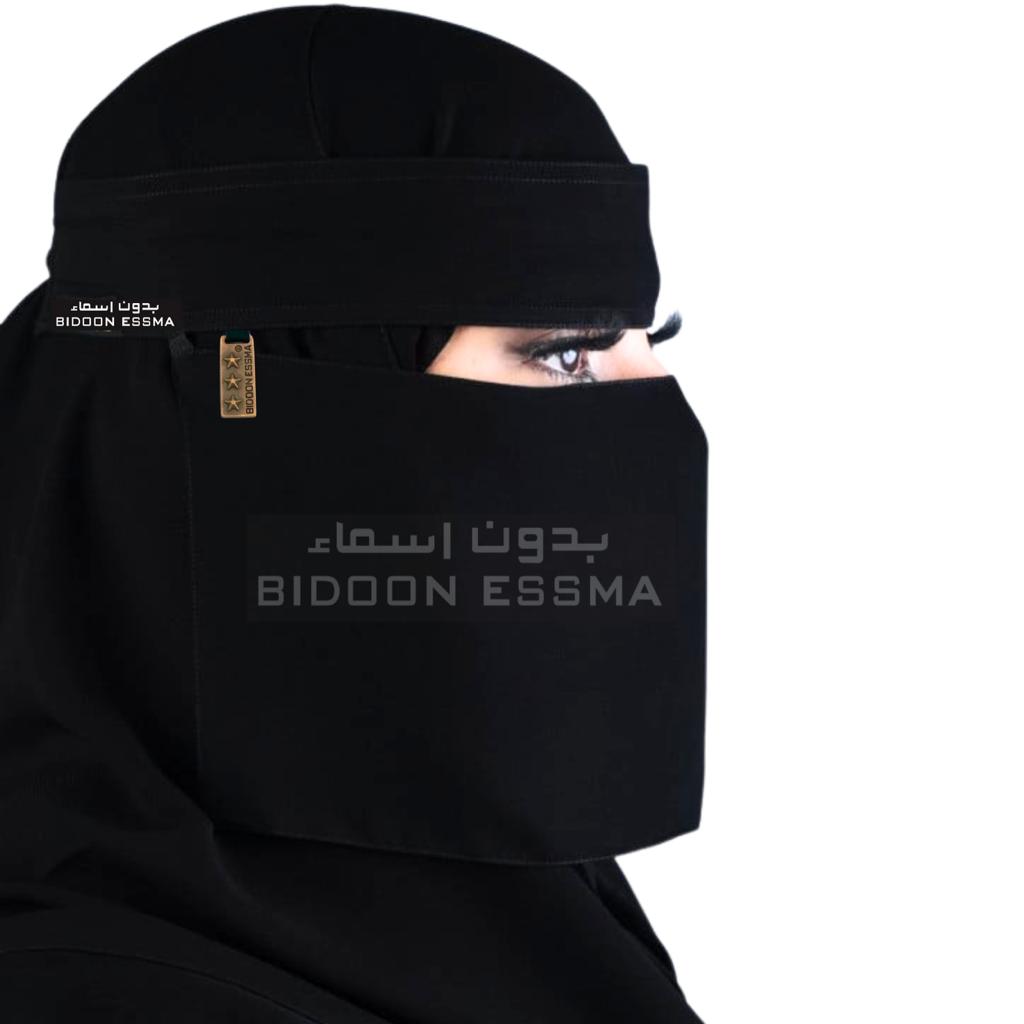
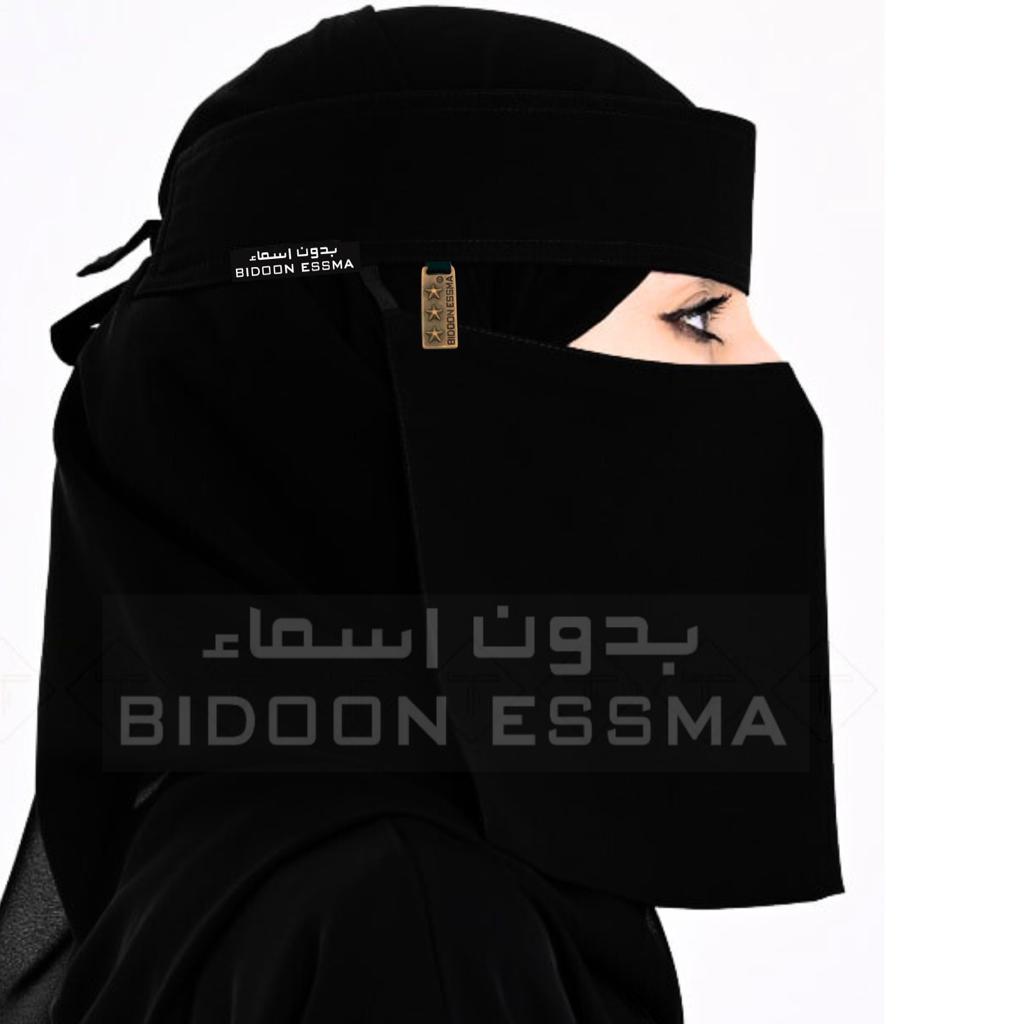
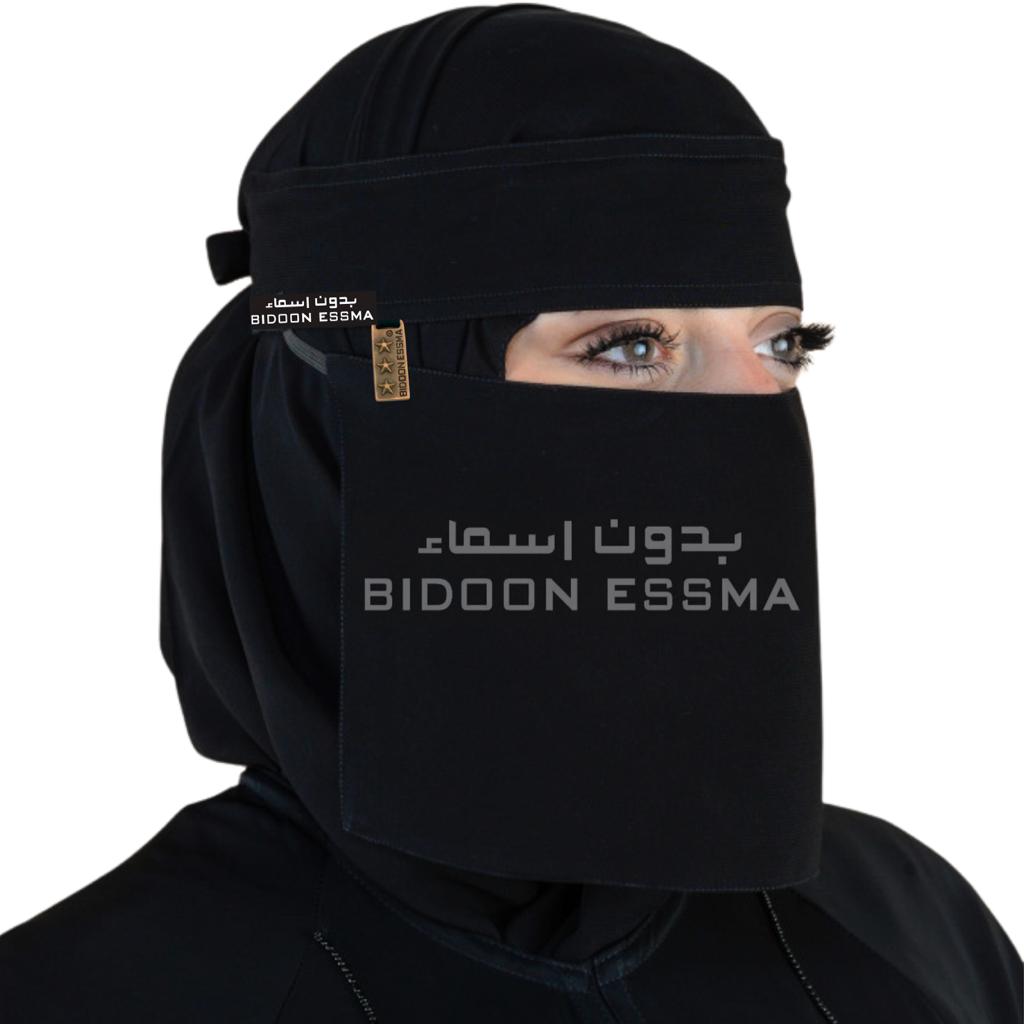










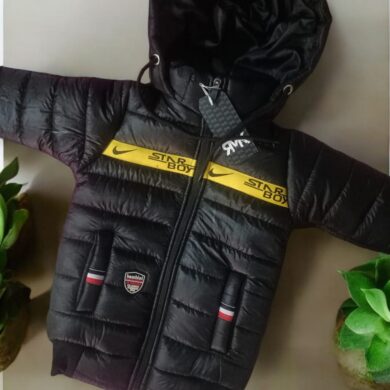


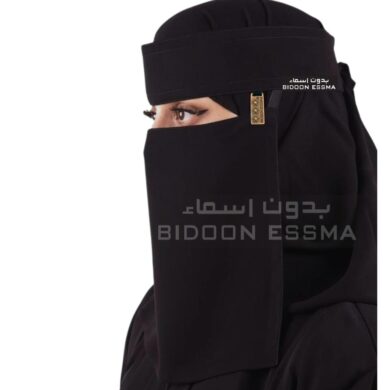
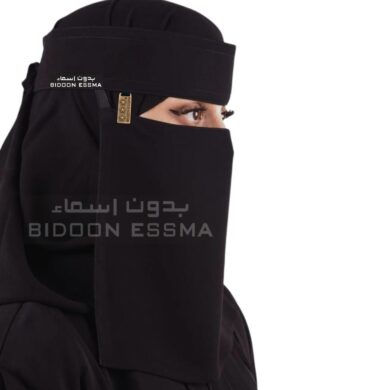
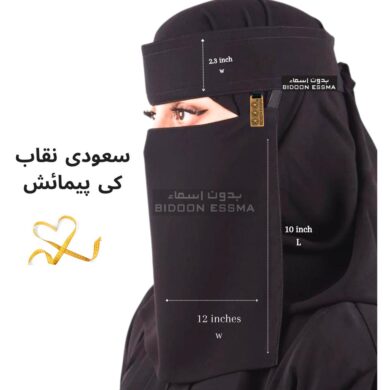
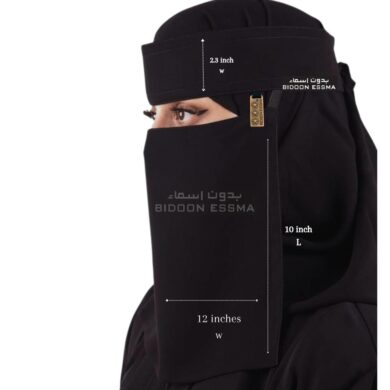
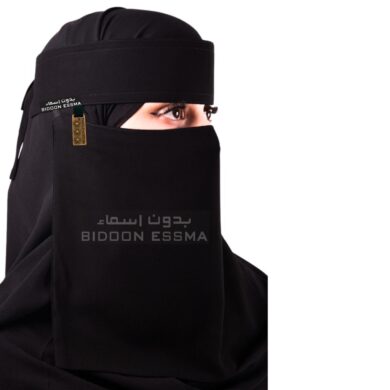
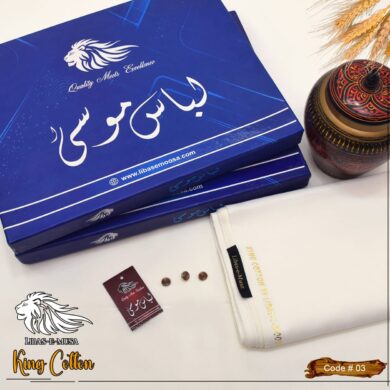

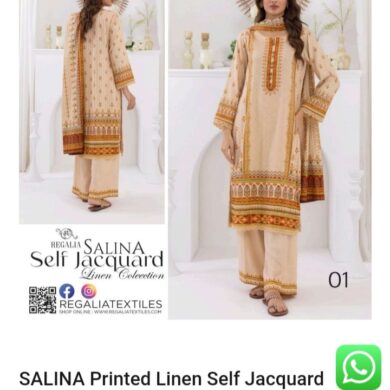
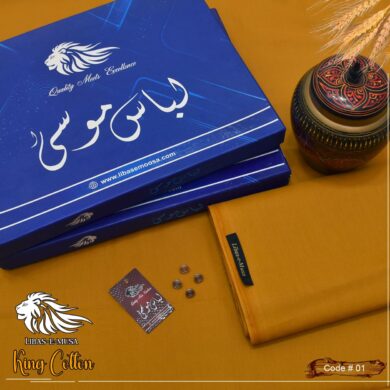
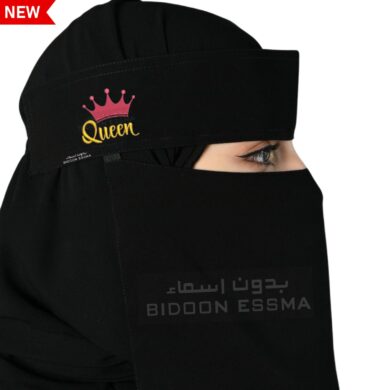
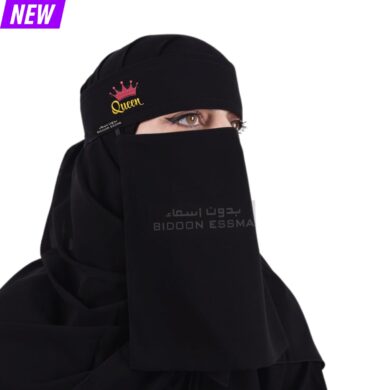

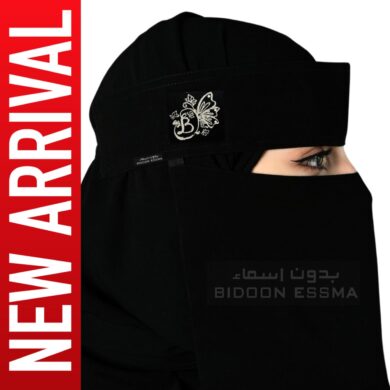
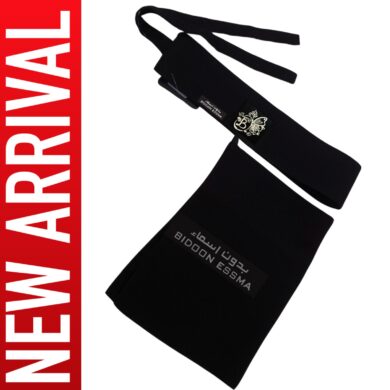
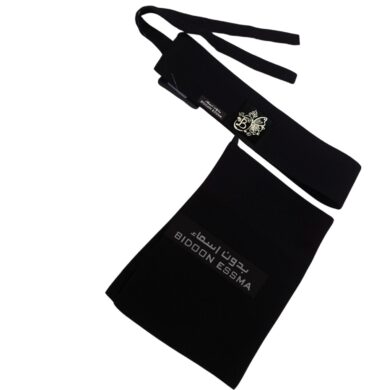
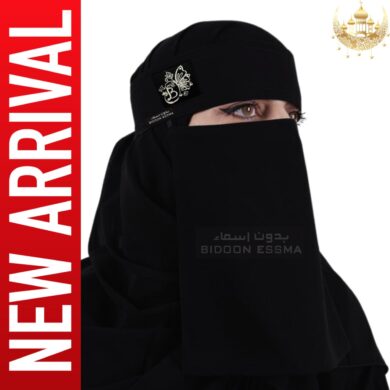
Reviews
There are no reviews yet.